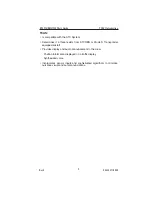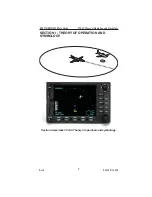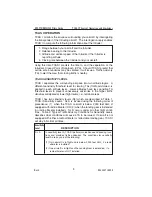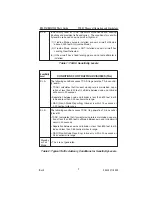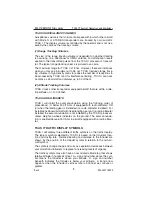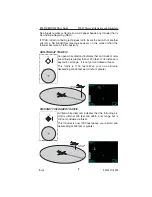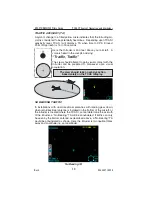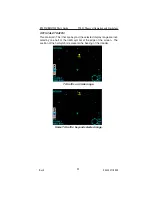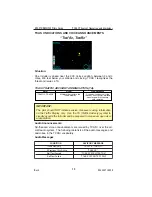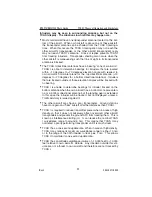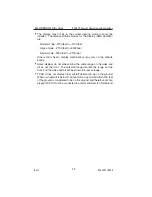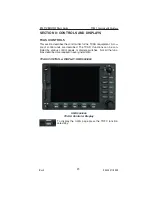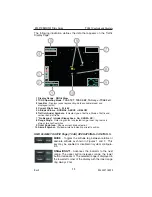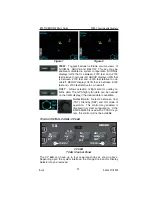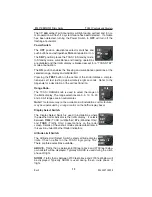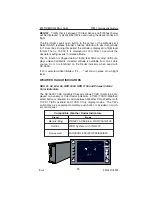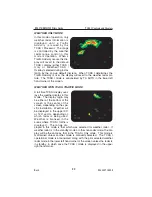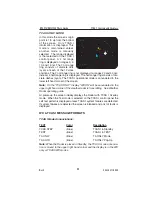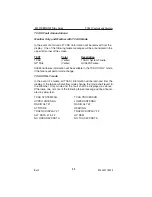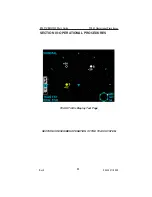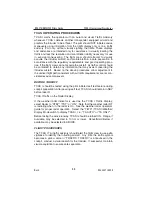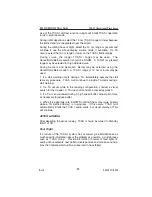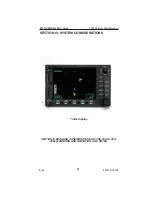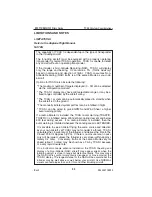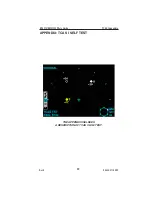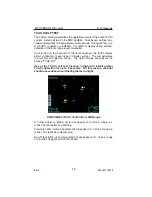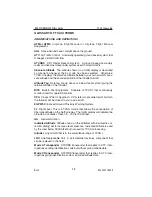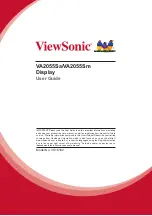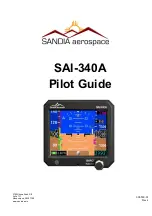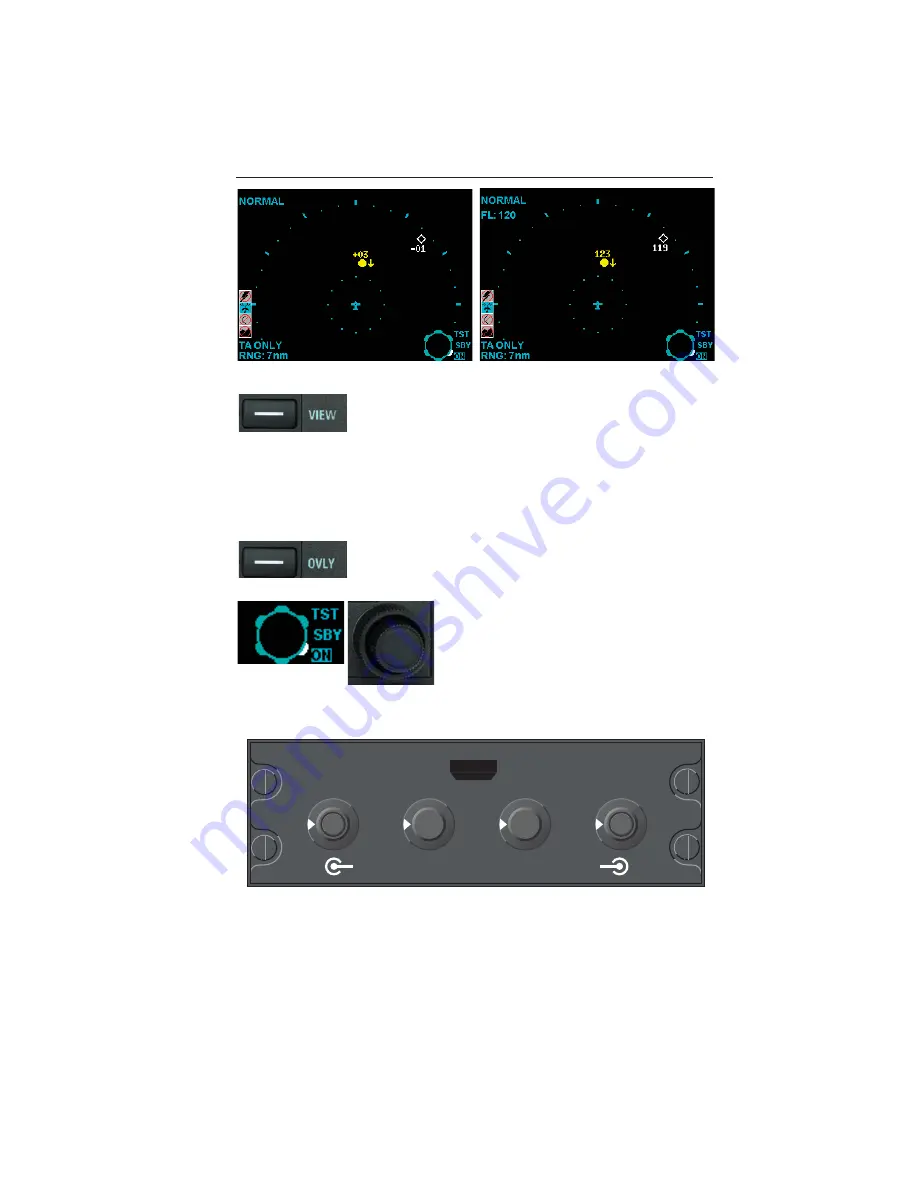
KTA 970/KMH 980 Pilot’s Guide
Rev 2
006-18273-0000
17
TCAS I Controls and Displays
VIEW
- Toggles between altitude volume views of
NORMAL, ABOVE and BELOW. This key may be
enabled or disabled in system configuration. NORMAL
displays traffic that is between -2700 feet and +2700
feet relative to own aircraft. ABOVE displays traffic that
is between -2700 feet and +9000 feet relative to own
aircraft. BELOW displays traffic that is between -9000
feet and +2700 feet relative to own aircraft.
OVLY
- Allows selection of flight plan for overlay on
traffic data. The GPS flight plan data can be overlaid
on the traffic display, if the desired data is available.
Outer Knob
- Selects between Test
(TST), Standby (SBY) and ON mode of
operation. This control may enabled or
disabled in system configuration. If the
KMD 550/850 is used with a TCAS II sys-
tem, this control will not be available.
TCAS I CONTROL PANEL; CP 66B
CP 66B
TCAS I Control Panel
The CP 66B can have up to four separate knobs as shown above.
Depending upon the system interface, the Range Knob and/or Display
Selector may be removed.
ON
TST
40
20
15
10
5
3
PUSH TO TST
TCAS
WX
T/WX
TCAS
PUSH FOR FL
BELOW
NORM
ABOVE
SBY
OFF
B
FL
FAIL
Figure 1
Figure 2

